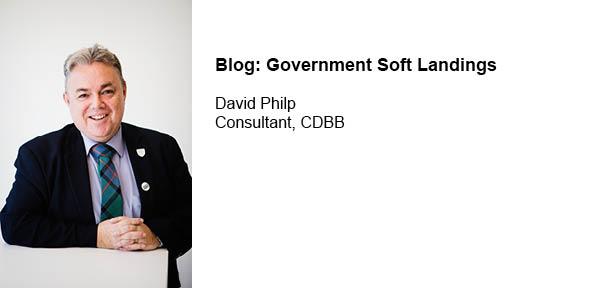
Submitted by Angela Walters on Fri, 01/11/2019 - 14:40
Following the UK BIM Framework’s publication of a refreshed Government Soft Landings (GSL) , lead author David Philp reflects on the report’s production and how the guidance therein supports maintenance of the ‘golden thread’ of a built asset e.g. buildings purpose throughout its lifecycle, from the design and build process through to delivery and operation.
‘The Soft landing approach was defined in the Government Construction Strategy (2011) as one of the ways to improve performance of built assets such as buildings by “aligning the interests of those who design and construct an asset with those who subsequently use it”. By starting the process of delivering a new built asset with the end in mind, we can ensure that we create hospitals that promote improved healthcare provision , schools that improve teaching outcomes, and houses that are nicer for residents to live in and will also saves them money on their energy bills. Simply put Government Soft Landings supports better operational and societal outcomes.
The ongoing maintenance and operational cost of a built asset during its lifecycle often far outweighs the original cost of its construction. The Centre for Digital Built Britain (CDBB) works to understand how the construction and infrastructure sectors could use a digital approach to better design, build, operate, and integrate the built environment and champions whole-life value. Now as part of the Construction Innovation Hub (with the Manufacturing Technology Centre - MTC and Buildings Research Establishment – BRE) CDBB is helping industry to work together from design and construction to facilities and asset management in delivery of better outcomes for built asset users and owners.
The Government Soft Landings report published today is revised guidance for the public sector in applying BS8536 parts 1 and 2 and reflects the changes introduced by the publication of the international standard ISO19650. The report is published by the UK BIM Framework - the overarching approach to implementing BIM in the UK, brought to you by UK BIM Alliance, BSI and CDBB.
In preparing this guidance, I consulted widely with colleagues and industry contacts from across the construction and delivery supply chain. Government Soft Landings is fundamentally a framework to support and enable collaboration, and we have developed an interactive ‘Activity Overview’ to allow users at all stages of their BIM journey to identify the relevant standards and guidance and to understand the key GSL activities required to meet their key objectives - both strategically and operationally.
This framework also responds to Building a Safer Future, the independent review of building regulations and fire safety published in 2018 following the Grenfell Tower fire of 2017.
The report calls for a ‘golden thread of good quality information’ to be generated so that building owners receive the information they need and that there is a clear link between design, construction, occupation and maintenance. A key purpose of this golden thread is to ensure that there is an accessible, complete and correct record of a facility’s construction and its regulatory compliance. This might be generated through mechanisms including formal, recorded change control, gateway testing (the GSL equivalent is information exchange), and the managed approach to the delivery of complete and correct facility information.
‘Starting with the end in mind’ is the vision of for golden thread – and Government Soft Landings is the strategy that enables this to be realised. I hope that this report is of value to both the public and private sectors and helps to provide value for the taxpayer, building users and asset owners.
David Philp is a consultant for CDBB.
